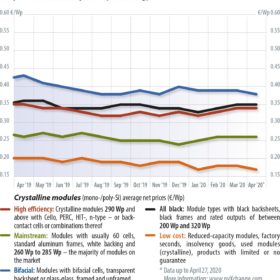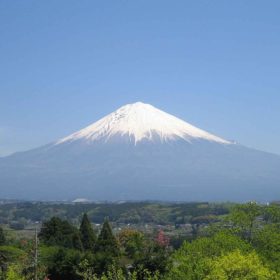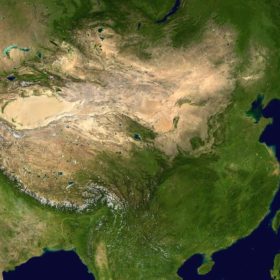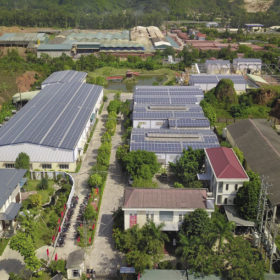Unprecedented development
The return to normal has begun – albeit slowly, cautiously and with limited expectations. As what we are being assured is the first wave of the Covid-19 crisis begins to recede in certain parts of the world, many are returning to the free fields, rooftops and homes that make up the workplace of the solar industry.
Looking past the pandemic
With markets buoyed by investor expectations for a restart to the global economy in the coming months, it could be time again to look to the future, writes Jesse Pichel of ROTH Capital Partners.
The post-EEG age might come sooner than expected
For years, many in the renewable energy sector has been thinking about what to do with installations in Germany once they drop out of the government’s feed-in-tariff scheme after the 20-year operating period has expired. Of course, the aim is to avoid a situation in which many plants that are well maintained and still in good working order are gradually disconnected from the grid. With a view to a rapid switch to 100% renewable power and reaching the government’s self-imposed climate targets, this capacity must not be lost – and this is something the government also needs to hear.
Asian buoyancy floats solar
Global floating PV installations are set to jump by 143% from 2019 to hit more than 900 MW of annual capacity additions this year, according to IHS Markit’s Floating PV Report – 2020. Growth has been driven in recent years by a surge in the number of floating PV systems installed in countries such as China, South Korea, Japan, and the Netherlands, with total global installed capacity reaching about 1.5 GW at the end of 2019. IHS Markit Research Manager Cormac Gilligan and Senior Analyst Chris Beadle examine how these countries have taken the lead, with developers building large quantities of floating PV, while also installing pilots to better understand the technology and test its capabilities and cost-effectiveness.
N-type uptake under Covid-19
As p-type mono cell efficiencies edge closer to their limits, n-type cells are increasingly being recognized as next-generation technologies, writes PV InfoLink analyst Amy Fang. Manufacturers have focused their research and development efforts in recent years on the creation of commercially viable pathways for heterojunction (HJT) and tunnel-oxidized passivated contact (TOPCon) cells.
Agricultural PV emerges as Japan’s next opportunity
Self-consumption, the ability to isolate from the grid and provide power in the event of outages, and agricultural solar are key components in the 2020 revisions to Japan’s feed-in tariff program, reports RTS Corp.’s Izumi Kaizuka.
2020: the first year for the PV sector to record a decline
In the wake of Covid-19, IHS Markit lowered its solar forecast from 142 GW to 104 GW. Compared to the 125 GW of solar capacity installed in 2019, the forecast would mean a turnaround from 13.6% annual growth to a 15% contraction. The IHS Markit forecast is based on Covid-19 being controlled and market restrictions being gradually lifted in the second and third quarters of the year.
Falling China forecasts could spell consolidation
Among Covid-19-related project delays, regional government restrictions and the ongoing transition toward a post-FIT regime for PV, the Chinese market looks set for further contraction in 2020. Frank Haugwitz from Asia Europe Clean Energy (Solar) Advisory (AECEA) says that this and other factors could drive consolidation in manufacturing.
Stable at the top table
The surge of new solar installations in Vietnam last year saw the nation soar to the top ranks of PV-focused countries. But rather than shining brightly and then fading away, the Southeast Asian nation could be here to stay as a serious solar heavyweight, writes Q Cells’ Ian Clover.
A SEA of opportunity for Australian rooftop solar expertise
Southeast Asia’s 658 million people are clamoring for access to electricity and cooling air-conditioning in the face of global warming. New coal generation is on the horizon, but can Australian solar expertise partner with local know-how to engineer a clean-energy coup?










